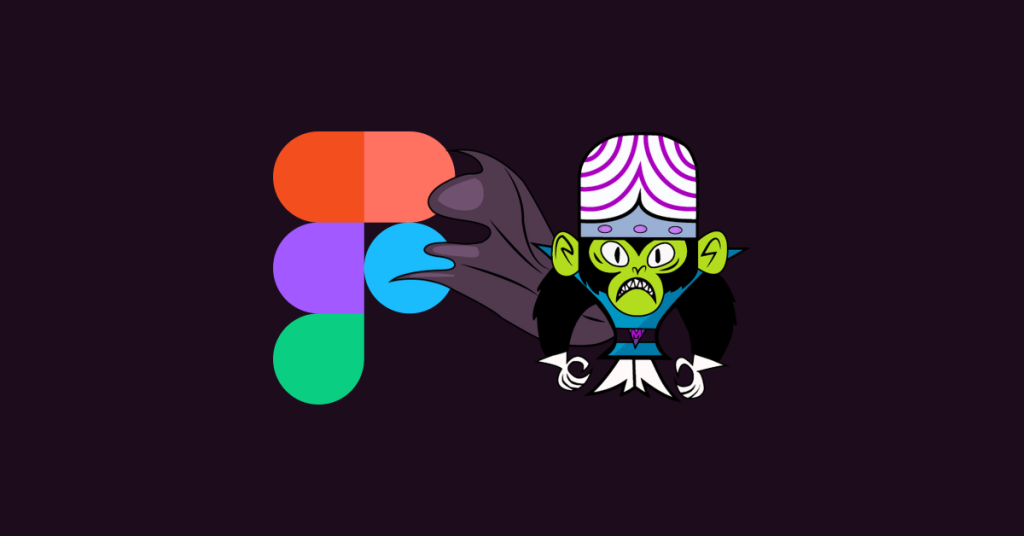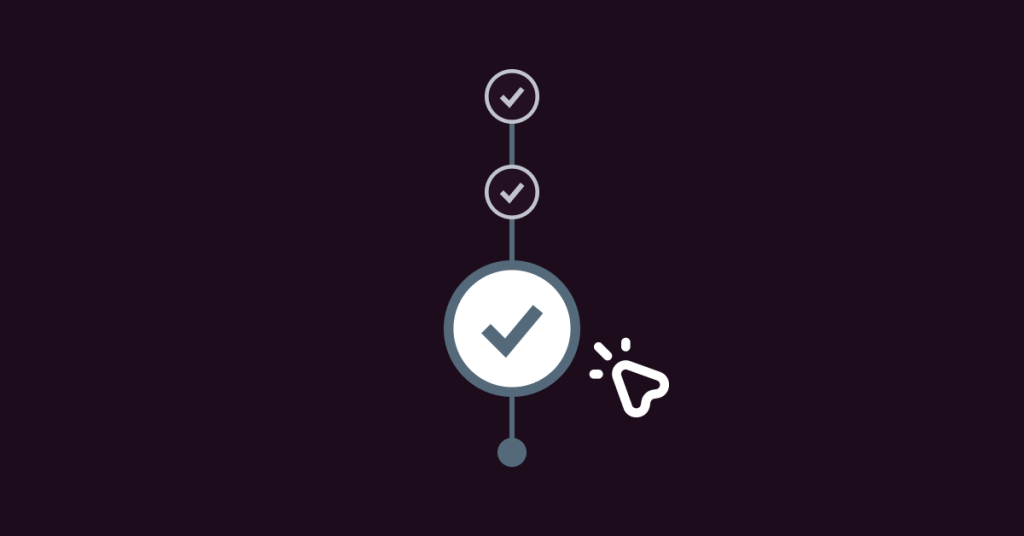In our hyper-connected world, notifications have become ubiquitous. From social media updates to breaking news alerts, they constantly vie for our attention, vying to disrupt our workflows and fragment our focus. While notifications can be valuable tools for staying informed and connected, their excessive and poorly designed implementation can lead to information overload, anxiety, and decreased productivity.
This article explores the challenges of notification overload and examines strategies for designing user-friendly notification systems that prioritize user needs and well-being. We will delve into:
- The Problem of Notification Overload: Examining the negative impacts of excessive notifications on attention, productivity, and mental well-being.
- Understanding User Needs: Exploring different user preferences and expectations regarding notifications.
- Designing for Usability: Implementing key principles for creating user-friendly and effective notification systems.
- Putting it into Practice: Concrete examples and best practices for applying these principles across different platforms and applications.
The Problem of Notification Overload
The constant barrage of notifications can be overwhelming. A study by Deloitte found that the average smartphone user receives 46 notifications per day, with many exceeding 100. This incessant attention-seeking creates several problems:
- Distraction and Loss of Focus: Notifications disrupt our concentration, making it harder to complete tasks and stay productive. Switching our attention between tasks can cost up to 40% of our productive time.
- Information Overload and Fatigue: The sheer volume of notifications can be overwhelming, leading to information overload and decreased ability to process important information.
- Stress and Anxiety: The persistent feeling of needing to check notifications can create anxiety and negatively impact mental well-being.
- Negative Impact on Sleep: Notifications received at night can disrupt sleep patterns, further impacting cognitive function and overall health.
Understanding User Needs
Designing user-friendly notification systems requires understanding the diverse needs and preferences of users. Some key factors to consider include:
- Individual Preferences: Some users prefer minimal notifications, while others find them valuable for staying informed. Understanding individual preferences allows for a more personalized notification experience.
- Contextual Sensitivity: Notifications should be sensitive to the user’s current context (e.g., in a meeting, driving, sleeping). Sending urgent notifications during inappropriate times can be disruptive and counterproductive.
- Content Relevance: Notifications should provide meaningful information and not be purely promotional or disruptive. Users should be able to filter and prioritize notifications based on their relevance.
- Control and Customization: Users should have control over the types of notifications they receive, their frequency, and the channels through which they are delivered.
Designing for Usability
Building user-friendly notification systems requires implementing key design principles:
- Prioritize Importance: Notifications should be categorized based on urgency and importance. Only critical information should warrant immediate attention, while less critical notifications can be batched or delivered at designated times.
- Offer Opt-in and Customization: Users should have the choice to opt-in to different notification categories and customize their preferences based on their needs and contexts.
- Provide Granular Control: Users should be able to control the frequency, delivery channels, and even the sound and vibration patterns associated with notifications.
- Use Clear and Concise Messaging: Notification messages should be short, clear, and actionable, providing the essential information without unnecessary fluff.
- Utilize Non-Intrusive Methods: Use non-intrusive methods like banners or badges instead of persistent pop-ups, allowing users to choose when to engage with notifications.
- Respect User Privacy: Notifications should not contain sensitive information or be used for intrusive tracking or advertising.
Putting it into Practice
Here are some concrete examples of how these principles can be applied across different platforms and applications:
- Email: Allow users to filter emails by importance, set up notification digests for specific categories, and control when notifications are delivered (e.g., only during work hours).
- Social Media: Offer granular control over different types of notifications (e.g., mentions, likes, comments) and allow users to mute specific people or groups.
- News Apps: Provide options to customize notification topics, set delivery times, and filter out breaking news alerts at night.
- Messaging Apps: Allow users to mute notifications for individual chats or groups, prioritize important messages, and set quiet hours.
By implementing these principles and prioritizing user needs, we can tame the notification beast and design systems that inform, connect, and empower users without sacrificing their focus, well-being, and productivity. Remember, notifications should serve us, not the other way around.


